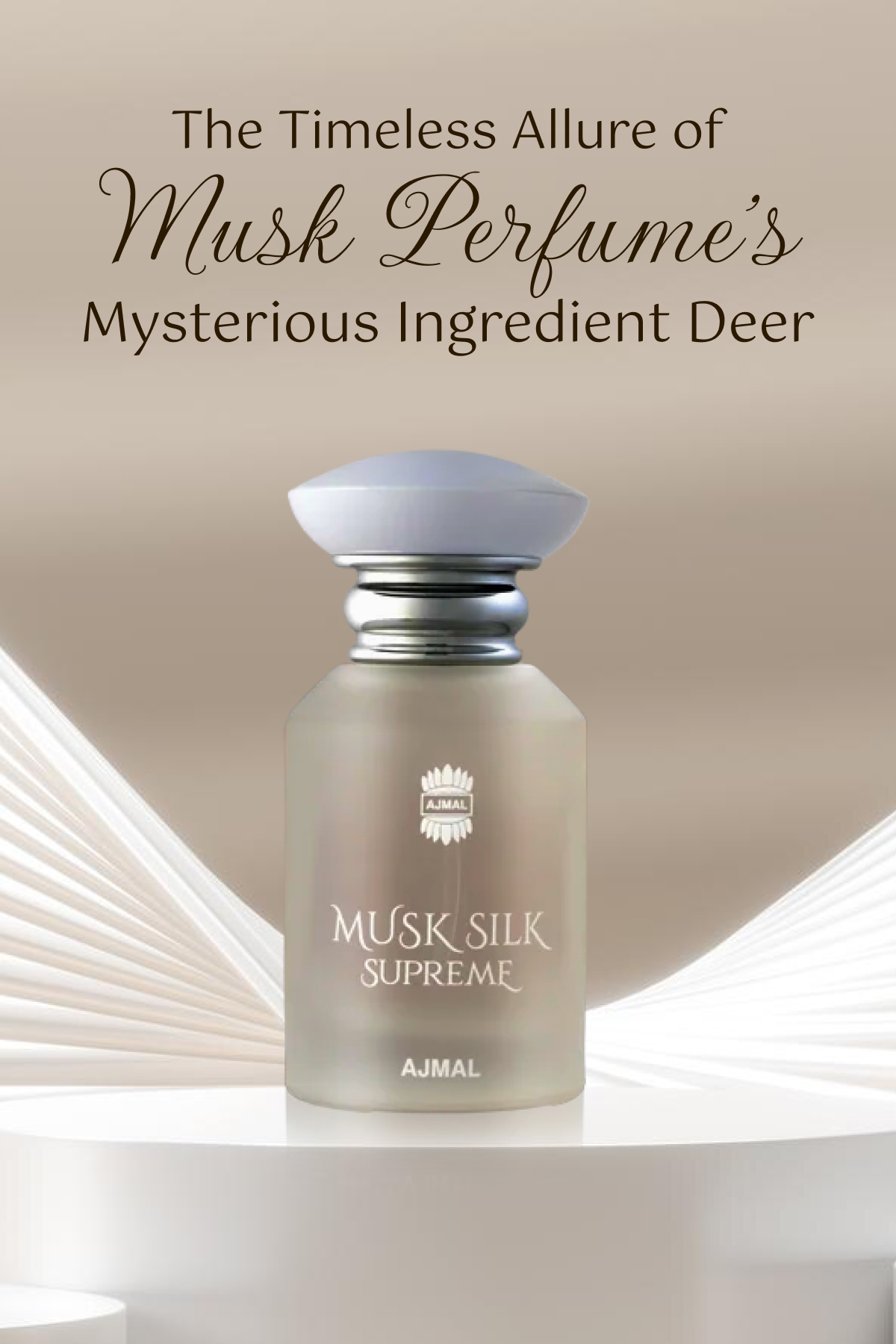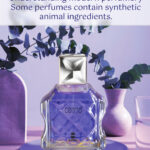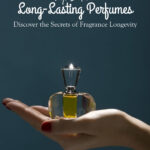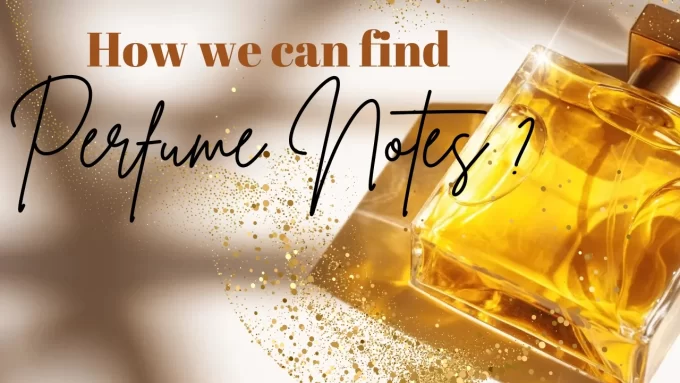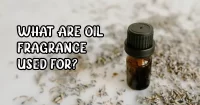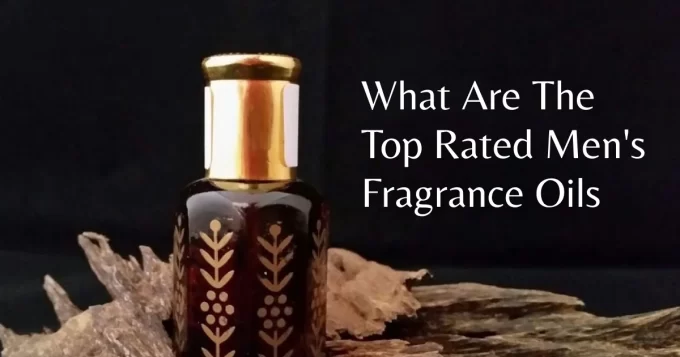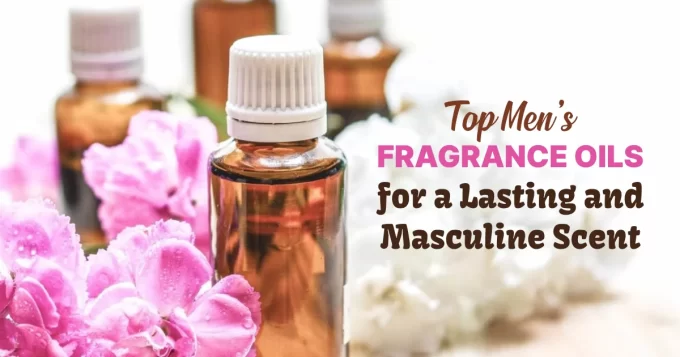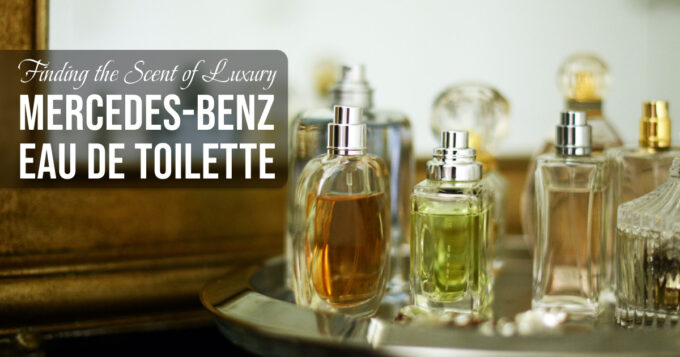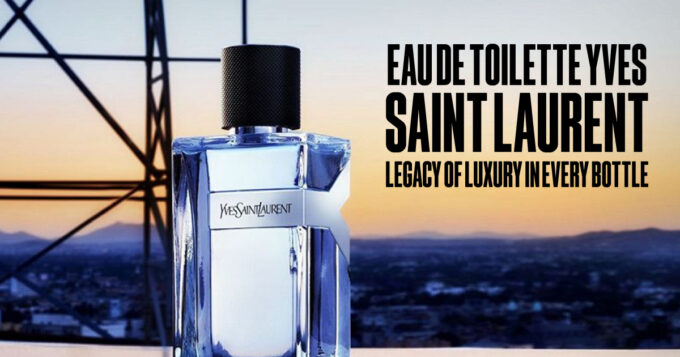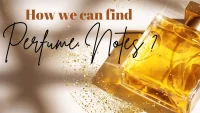Musk has long been used in perfumery because to its rich, warm, and sensual aroma. This enigmatic and intense fragrance component, derived from the glands of male musk deer, has captivated the senses of countless people throughout history and civilisations. This blog post looks into the fascinating history, extraction technique, ethical concerns, and modern alternatives to musk in perfumery, providing a thorough knowledge of the ingredient’s enduring appeal.
A Historical Perspective: Ancient Origins
The use of musk in fragrance goes back to ancient times. Musk was first utilised in India, China, and the Middle East, where it was prized for its strong aroma and supposed sexual powers. It was utilised not just in perfumes, but also in traditional medicine and religious ceremonies, demonstrating its cultural significance.
The Silk Road, and Beyond
Musk’s fame grew down the Silk Road, reaching the Middle East and finally Europe. Musk became a luxury product throughout the Middle Ages, reserved primarily for the elite and rich. It was used in perfumes, cosmetics, and even sachets to scent clothing and linens, cementing its reputation as a symbol of richness and refinement. Among these, Egyptian musk fragrance oil became particularly revered, known for its warm, sensual scent and deep connection to ancient Egyptian rituals and luxury. This timeless oil not only contributed to the allure of musk but also enhanced its status as a hallmark of opulence and sophistication.
The extraction process
The Source: Musk. Deer
Musk is obtained from the glandular secretions of male musk deer, specifically Himalayan musk deer. These deer are native to Asia’s hilly regions, which include the Himalayas, Siberia, and Tibet. The gland near the deer’s navel generates a thick, reddish substance called “musk.”
Traditional Extraction Methods
Historically, acquiring musk required shooting a deer and removing the gland. The gland was then dried and the musk removed by scraping or soaking in alcohol. This method was not only labour expensive, but it also resulted in a reduction in musk deer populations owing to overhunting.
Ethical and Conservation Concerns
The traditional extraction process posed serious ethical and conservation issues. The population of musk deer has plummeted, and the species is now endangered. The demand for natural musk put enormous strain on wildlife, highlighting the need for sustainable and ethical alternatives.
Modern Alternatives and Synthetic Musk
Synthetic Musk: A Breakthrough in Perfumery
The development of synthetic musk marked a watershed point in perfumery. Chemists were successful in developing synthetic chemicals that resembled the aroma of genuine musk in the late nineteenth and early twentieth century. These synthetic musks, including nitro, polycyclic, and macrocyclic musks, transformed the market by offering a cruelty-free and environmentally friendly alternative.
Types of Synthetic Musk
Nitro musks: Some of the earliest synthetic musks were discovered in the late 1800s. However, due to safety concerns, their use has been significantly reduced.
Polycyclic Musk: These synthetic musks, invented in the mid-twentieth century, are more stable and frequently utilised in contemporary perfumery. Examples are Galaxolide and Tonalide.
Macrocyclic Musk: These musks, including Ambrettolide and Muscone, are thought to smell the most like real musk. They are highly regarded for their exquisite aroma and are commonly found in high-end fragrances.
Advantages of Synthetic Musk.
Ethical: Synthetic musks avoid the necessity for animal suffering and the eradication of endangered species.
Sustainable: They provide a continuous and renewable source of musk, minimising environmental effect.
Versatile: Synthetic musks can be designed to improve specific olfactory traits, giving perfumers greater creative freedom.
Musk’s Role in Modern Perfumery
Musk as a Base Note
Musk is sometimes used as a base note in perfumes. Its long-lasting and tenacious nature anchors other, more volatile notes, adding depth and duration to the aroma. Musk’s adaptability allows it to blend well with a variety of other notes, including flowers, fruits, woods, and spices.
Signature Scents Featuring Musk
Many great perfumes use musk as a key ingredient, demonstrating its capacity to give warmth, sensuality, and elegance to a fragrance. Some famous examples are: Chypre Coty, which revolutionized the perfume industry with its groundbreaking composition in 1917, blending citrus, floral, and woody notes with musk to create a balanced, sophisticated scent that has stood the test of time.
Chanel No. 5: This iconic perfume contains synthetic musk, which adds to its rich and complex fragrance profile.
Narciso Rodriguez For Her: This fragrance is a modern classic that showcases the attraction of musk.
Musk by Alyssa Ashley: A vintage musk-based scent that has been loved for decades.
The Enduring Popularity of Musk
Musk’s ongoing popularity stems from its diverse aroma and propensity to create feelings of warmth, comfort, and sensuality. Its inclusion in both classic and contemporary scents demonstrates its enduring popularity and versatility.
Ethical Concerns and Future Directions
The Push for Transparency
As consumers become more aware of the ethical and environmental implications of their purchases, transparency in ingredient source and use becomes increasingly crucial. Perfume manufacturers are now more likely to mention whether their goods contain natural or synthetic musk, allowing customers to make educated decisions.
Innovations in Sustainable Perfumery
The perfume industry continues to innovate in response to ethical and environmental concerns. Biotechnology advances, for example, are making it possible to produce bio-identical musk through fermentation techniques. This approach promises to provide a sustainable and ethical source of musk without sacrificing quality.
Conclusion
Musk’s journey from musk deer glands to premium perfume bottles demonstrates the evolution of fragrance. While traditional musk extraction created substantial ethical and conservation concerns, the introduction of synthetic substitutes has enabled the fragrance business to adopt sustainable and cruelty-free operations. Musk’s deep, seductive aroma continues to fascinate and inspire, cementing its status as a popular and necessary perfumery element. As the business evolves, the dedication to ethical sourcing and innovation will ensure that musk remains a timeless and magical part of our olfactory experiences.


